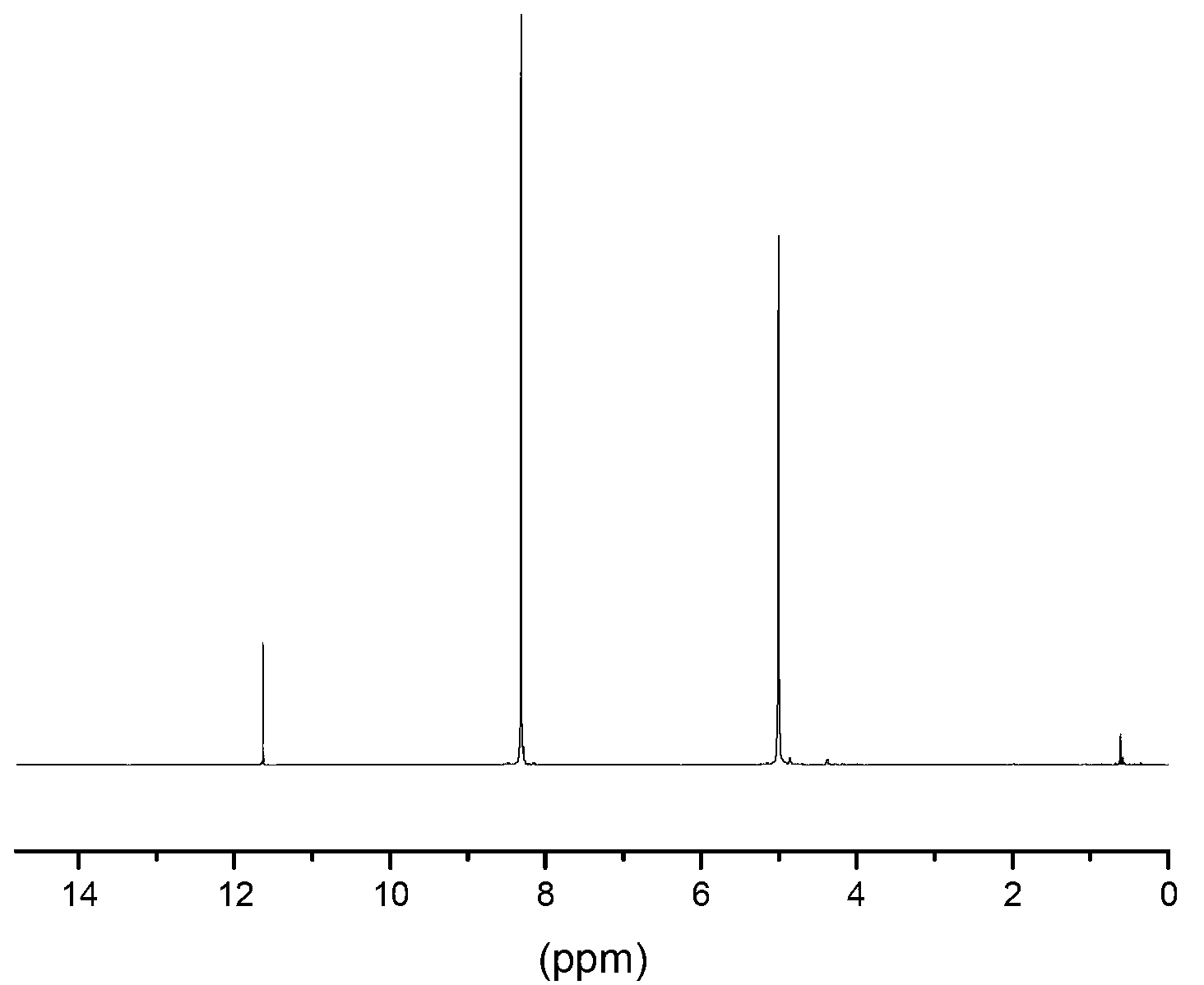Organosilicone copolyester
A technology of silicone oligomer and copolyester, applied in the direction of one-component polyester rayon filament, etc., can solve the problem of restricting the performance of copolyester and its reproducibility, unfavorable silicone copolyester, heat resistance, etc. , poor water resistance and other problems, to achieve the effects of excellent thermal stability, uniform and stable reaction, and low water resistance
- Summary
- Abstract
- Description
- Claims
- Application Information
AI Technical Summary
Problems solved by technology
Method used
Image
Examples
Embodiment 1
[0037] Terephthalic acid and ethylene glycol with a molar ratio of 1:1.15, as well as catalyst antimony acetate and stabilizer triphenyl phosphite are added to the mixing device, and the amount of catalyst is 0.01% of the total mass of organosilicon copolyester. The dosage of the stabilizer is 0.005% of the total mass of the silicone copolyester. After mixing, add it to the esterification reactor for esterification reaction. The temperature of the esterification reaction is 240°C; after the esterification rate reaches more than 90%, add the silicone oligomer to the reaction system. The structure of the silicone oligomer The short formula is:
[0038]
[0039] Wherein R "is hydroxyl, n value is 25, R 1 , R 2 is methylene, R and R' are methyl, and the amount of silicone oligomer added is 1% of the total mass of silicone copolyester. After mixing evenly, the temperature was raised to 255°C at the same time to carry out pre-condensation reaction, the pressure was 0.9KPa, and...
Embodiment 2
[0042] Terephthalic acid and ethylene glycol with a molar ratio of 1:1.15, catalyst antimony acetate and stabilizer triphenyl phosphite are added to the mixing device, and the amount of catalyst is 0.1% of the total mass of organosilicon copolyester. The dosage of the stabilizer is 0.1% of the total mass of the silicone copolyester. After mixing, add it to the esterification reactor for esterification reaction. The temperature of the esterification reaction is 265°C; after the esterification rate reaches more than 90%, add the silicone oligomer to the reaction system for further esterification reaction, and the silicone oligomer The structure of the substance is simplified as:
[0043]
[0044] Wherein Rf is carboxyl, n value is 22, R 3 , R 4 It is methylene, and the amount of silicone oligomer added is 2% of the total mass of silicone copolyester. After mixing evenly, the temperature was raised to 255°C at the same time to carry out pre-condensation reaction, the pressu...
Embodiment 3
[0047] Terephthalic acid and ethylene glycol with a molar ratio of 1:1.15, catalyst antimony acetate and stabilizer triphenyl phosphite are added to the mixing device, and the amount of catalyst is 0.05% of the total mass of silicone copolyester. The dosage of the stabilizer is 0.05% of the total mass of the silicone copolyester. After mixing, it is added to the esterification reactor for esterification reaction. The temperature of the esterification reaction is 250°C; Silicon oligomers are added to the reaction system, and the structural formula of silicone oligomers is:
[0048]
[0049] Wherein R " is hydroxyl, n value is 24, R 1 , R 2 for C 10 Alkyl group, R, R' is C 10 The alkyl group, the amount of silicone oligomer added is 5% of the total mass of silicone copolyester. After mixing evenly, the temperature was raised to 255°C at the same time to carry out pre-condensation reaction, the pressure was 0.9KPa, and the reaction time was 45min. After the pre-condensati...
PUM
| Property | Measurement | Unit |
|---|---|---|
| elongation at break | aaaaa | aaaaa |
| elongation at break | aaaaa | aaaaa |
| elongation at break | aaaaa | aaaaa |
Abstract
Description
Claims
Application Information
 Login to View More
Login to View More - R&D
- Intellectual Property
- Life Sciences
- Materials
- Tech Scout
- Unparalleled Data Quality
- Higher Quality Content
- 60% Fewer Hallucinations
Browse by: Latest US Patents, China's latest patents, Technical Efficacy Thesaurus, Application Domain, Technology Topic, Popular Technical Reports.
© 2025 PatSnap. All rights reserved.Legal|Privacy policy|Modern Slavery Act Transparency Statement|Sitemap|About US| Contact US: help@patsnap.com



